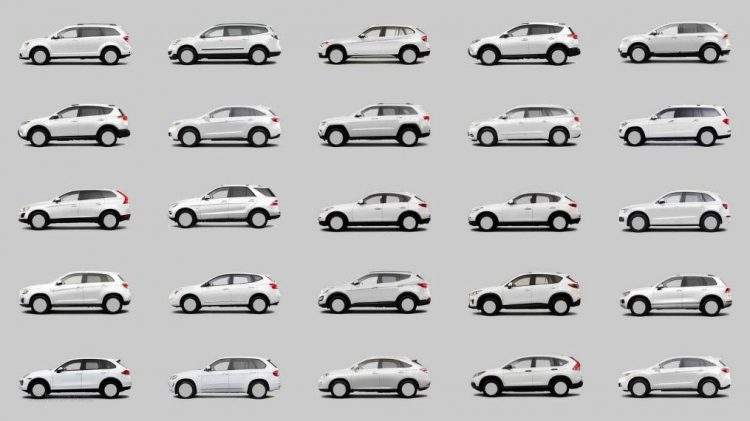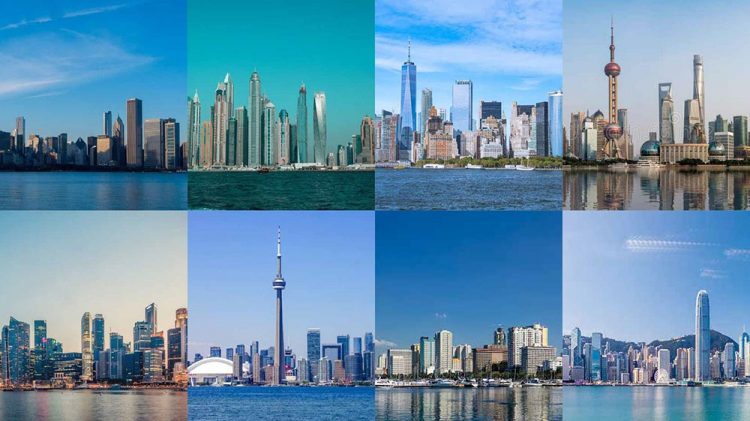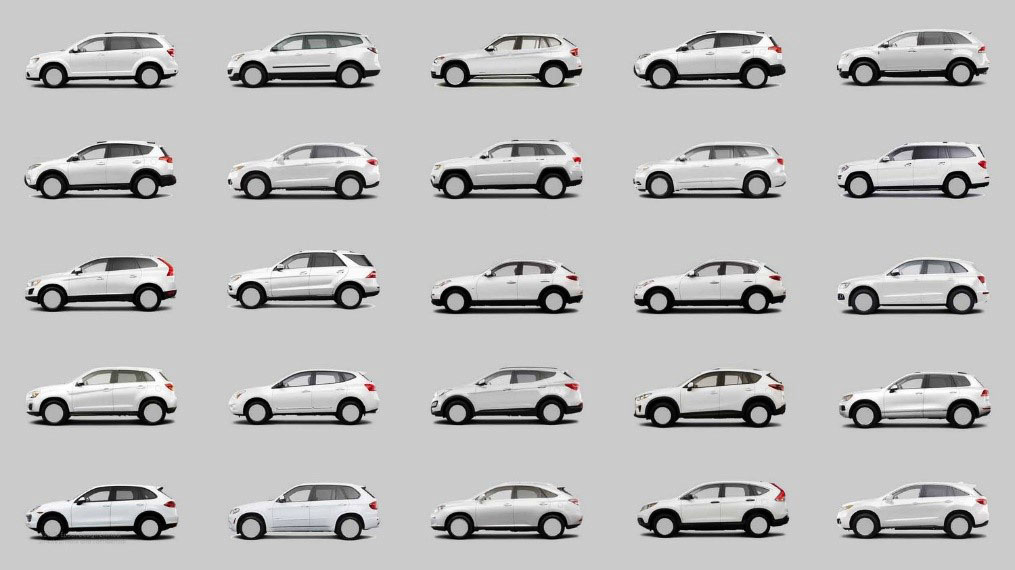By Brooke Glasford
Gone are the days of the telegram and having to wait weeks and months to hear from someone in another part of the world by letter. In this age of technology we have become more connected than ever, and all of our connectivity fits into the palm of our hand. With the excellent benefits this gives it also causes us to be privy to things all over the world—and instead of that creating a need to be different, it pushes us to be more of the same.
In coming across an article called The Age of Average, written by Alex Murrell, I was in awe of just how much of the same we all have become. For those of us that spend any amount of time on TikTok—which, by reading my articles, you know I’m a huge proponent of – you come to be desensitized to the word, aesthetic, with the understanding that everything has a look, and lest you be shunned by online society, you ought to have that look as well. The article investigates the global phenomenon observed in architecture, interior design, brand identity, even car design, of things across the globe looking like different iterations of itself.

How does this mass imitation occur?
In this globalized time we are living in, it is easy to find inspiration online, and everyone is looking for it in the same places. Beyond that, by seeing the same things consistently, your subconscious is groomed to believe that those are the things you prefer, when they are really chosen for you by someone in a room far away with enough pull to be considered an arbiter of taste. Cost and manufacturing also have a large role to play in this — if a style becomes popular it becomes cheaper to produce that style because so many people are buying it, and the demand is driving more people to get it from the same suppliers.
What does this have to do with you?
How many times have you gone to a new place in Guyana and been in awe of how faren it appeared? The parallel that we are drawing when we do that is that the more foreign something looks, while seeming out of place in Guyana, we have programmed our minds to believe it more acceptable. Doing something different, inevitably feels more risky, and it really is. No one wants to be the person rejected, or the owner of the rejected idea or concept. Though true innovation is led by those who just don’t care to keep up with the norms of their time.

In the incredible growth and development of Guyana that is imminent, we must hold on to the identity we already own as a nation. With the world’s eyes on us as the fastest growing economy, have we been drafted to look like every other developed nation in the world — a skyline of squares and a population that mimics one another? Is Guyana set to, in becoming a burgeoning economy, lose the oneness that we so love about our nation?






